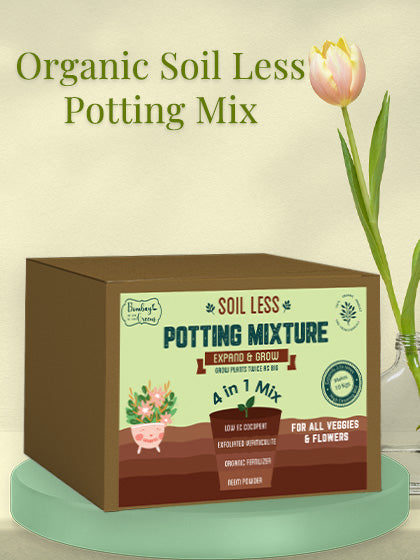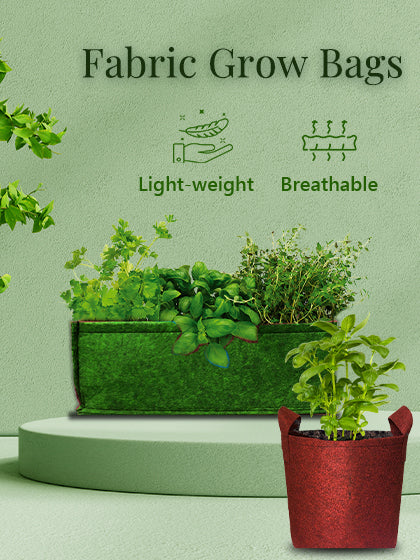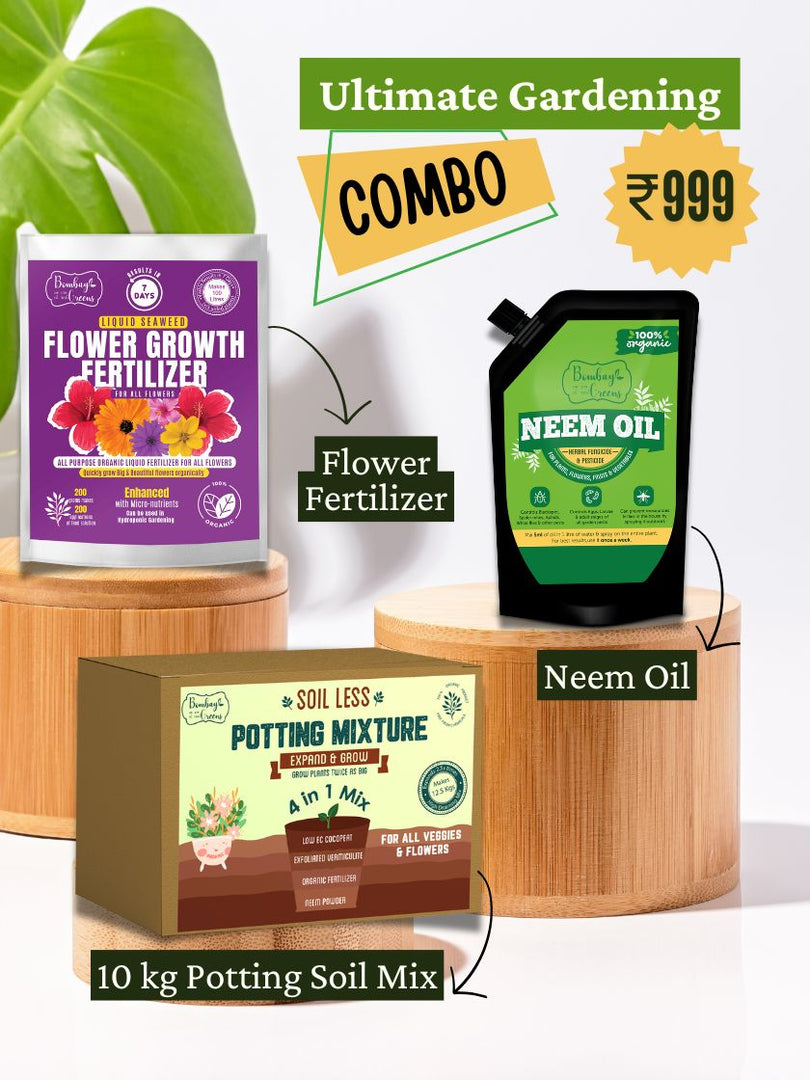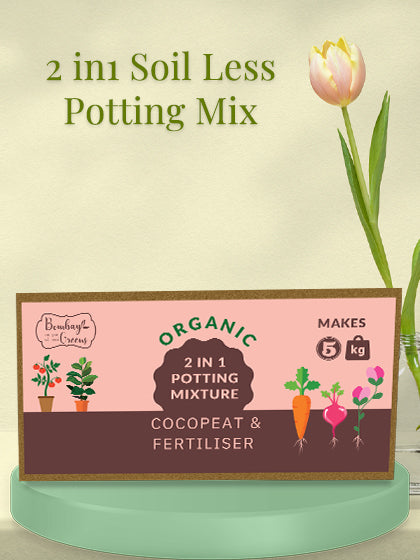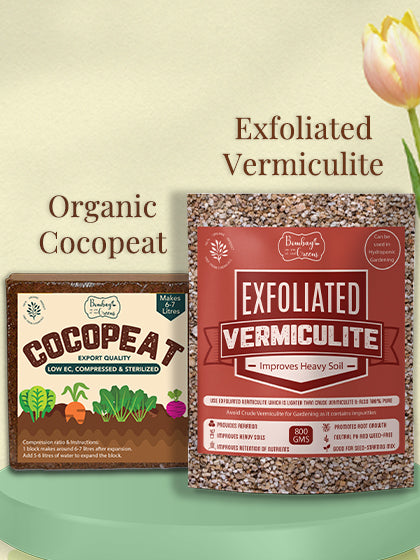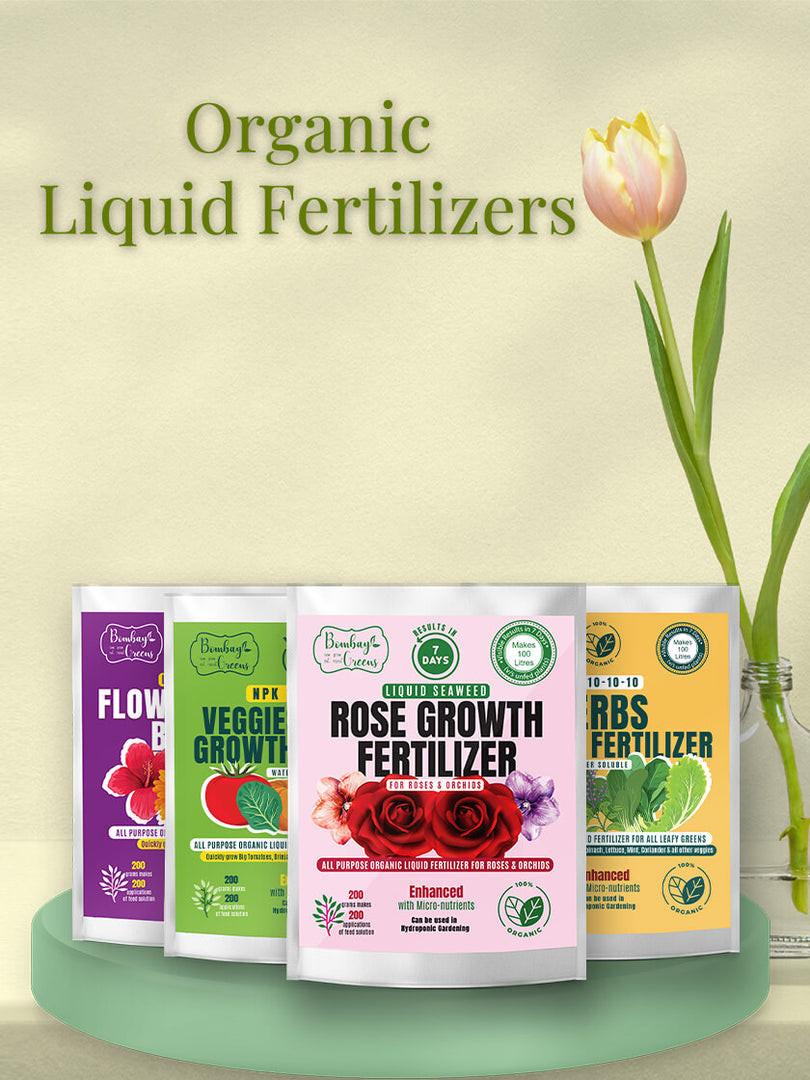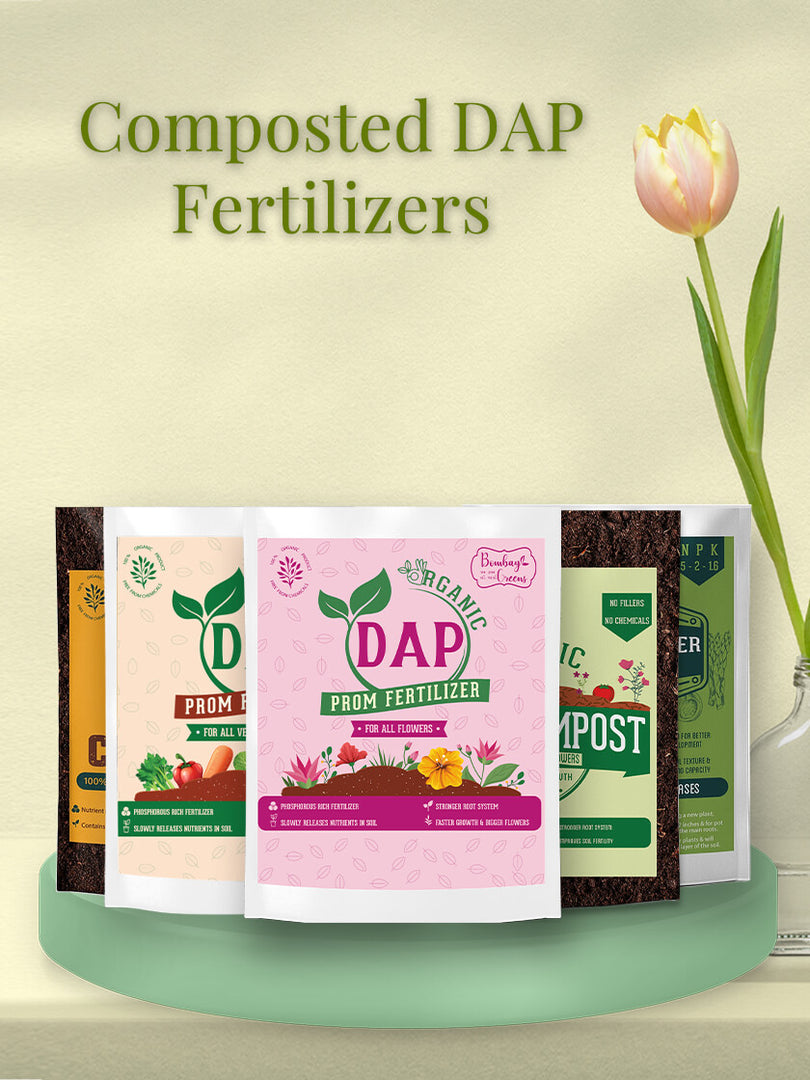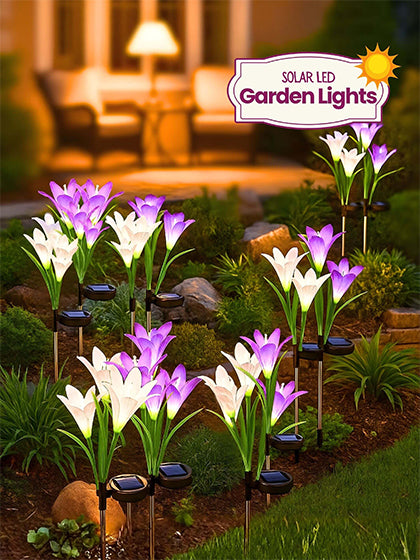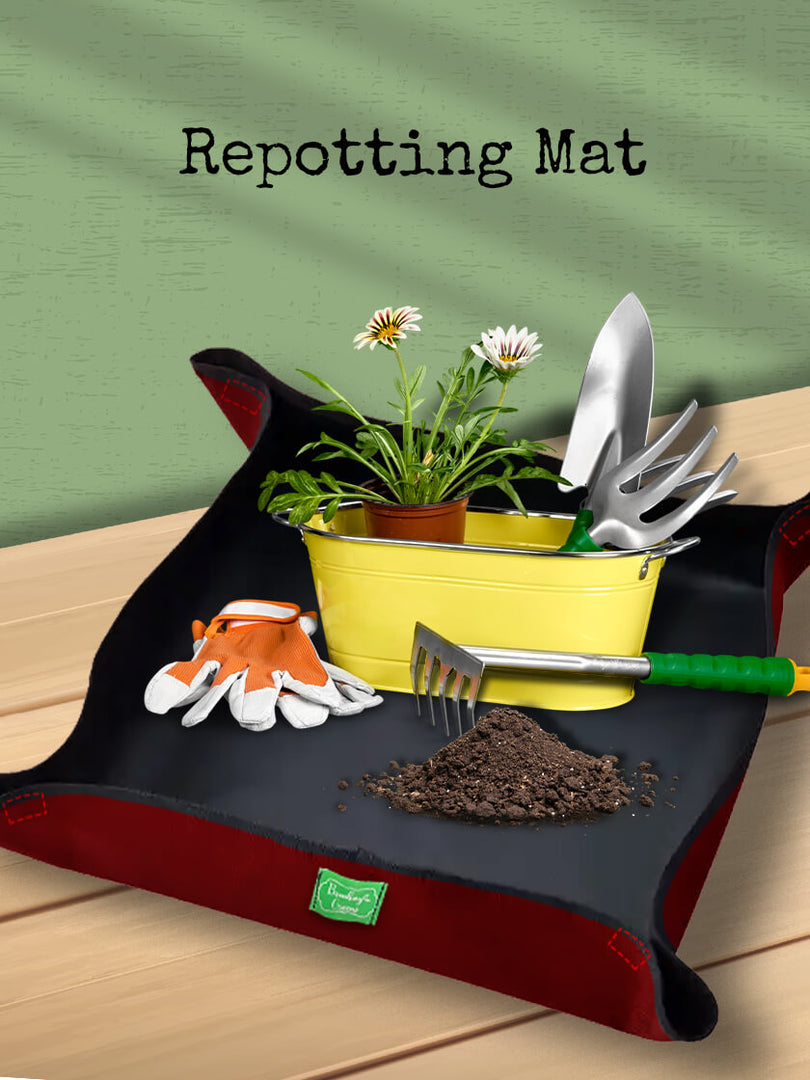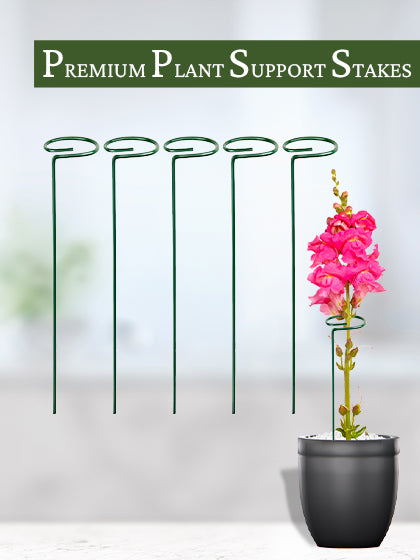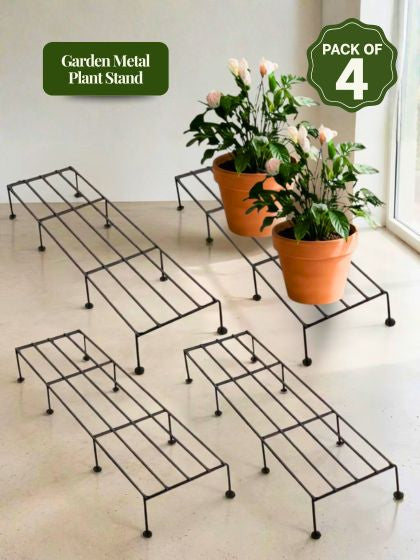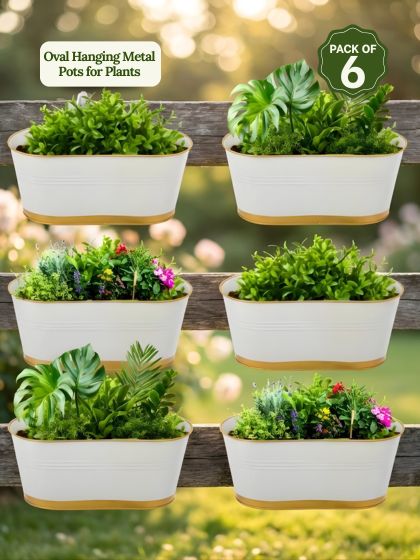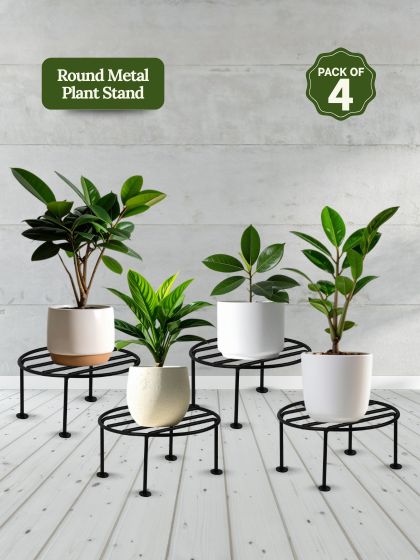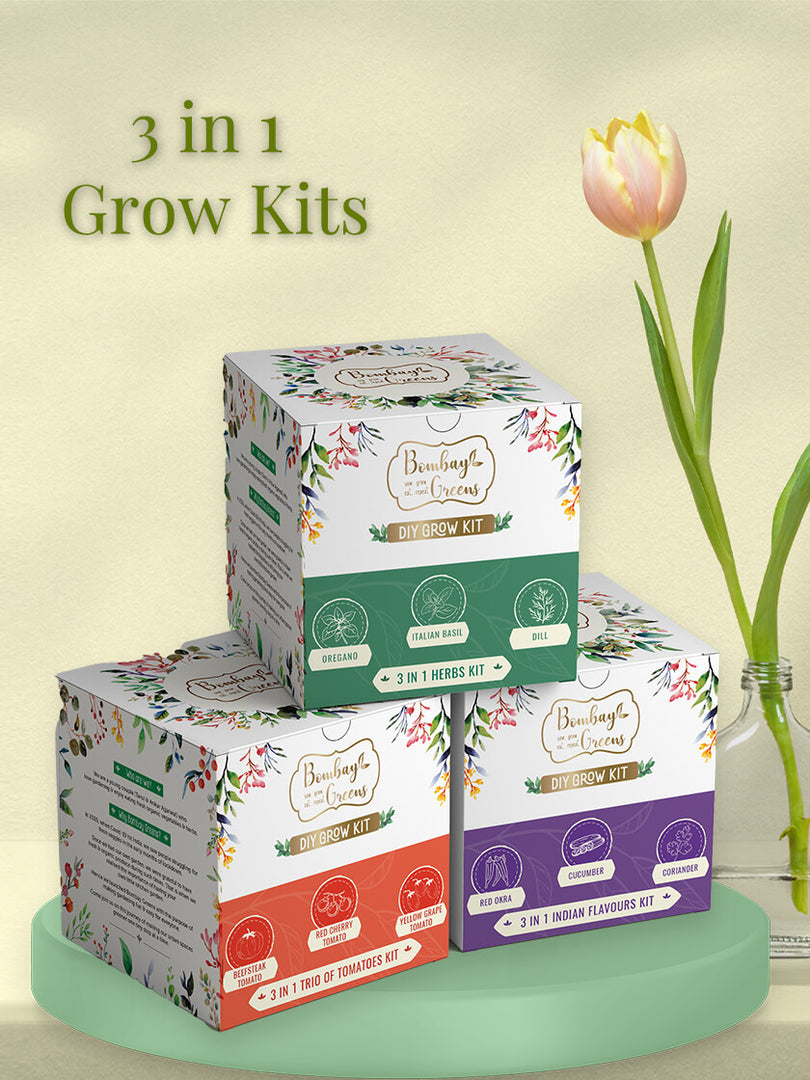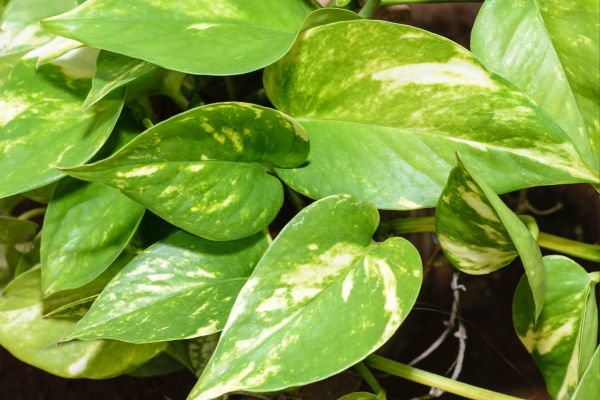| What's in the article: |
The joy of watching seasonal vegetables at your home is unmatched! It’s like watching the little saplings grow right in front of your eyes, and take into consideration the freshness and range of different vegetables available in your kitchen garden.
However, you need to remember the rhythms of seasonal vegetables in India, as it is the key to a productive, lush patch. It does not matter whether you have a cosy balcony or a sprawling backyard if you know how to grow vegetables at home without any fuss.
The secret ingredient that ensures the success of your venture is choosing the right seed. Using the high-quality seeds tailored for each season guarantees a bountiful harvest and vigorous plants.
Let us now shift our attention to the climate zones and seasons, and understand when to plant vegetables in India by season.
Understanding India’s Climate Zones and Seasons
India’s vast geography is a tapestry of diverse climate zones: arid, temperate, tropical, and sub-tropical. Each climate zone uniquely influences the best time to grow vegetables in India. That’s why it is important to identify your local climate, as each region’s weather has a significant impact on crop cycles.
Knowing your climate zone is the first step toward gardening success. Whether you're nurturing your first sapling or you're already a pro, understanding the unique conditions of your area will help you make informed decisions about when to sow and harvest.
Generally, the Indian vegetable growing season falls under 3 major categories:
- Summer (March-June)
- Monsoon (July-October)
- Winter (November-February)
Each season offers you an ideal window for growing specific vegetables. For example:
- Warm-season vegetables like tomatoes and gourds thrive during summer.
- Root vegetables and green leaves flourish in the cold winter months.
Gardeners need to consult a trusted vegetable growing guide for the Indian climate, allowing them to perfectly align their crop selection with the prevailing weather conditions. It ensures optimal plant growth and crop yields.
The foundation of a successful container garden lies in crafting the ideal pot mixture if you have plans to venture into urban gardening. A well-balanced potting mix (rich in compost, organic nutrients, and cocopeat) is important to support the growth of vegetables, especially if you are cultivating them in grow bags, pots, or balcony planters.
Furthermore, consider the splendor and function of indoor houseplants. In addition to these plants enhancing the appearance of a room, they also cleanse the air. You may integrate some of your favorite vegetables and herbs, such as basil, mint, or microgreens, for a continuous supply of fresh ingredients all from your windowsill.

Vegetable Sowing Calendar for Home Gardening in India
The following overview will be beneficial if you’re having any plans to start your journey of growing seasonal vegetables in India. The below discussed vegetable season chart will help you sow the right crop at the right time with the help of the ideal gardening tool for each task.
| Month | Vegetables to Sow | Sowing Method | Ideal Temperature (°C) | Sunlight Requirement |
| January | Tomato,Capsicum,Cauliflower,Cabbage | Seed Tray / Direct | 15–25 | 6–8 hrs/day |
| February | Tomato, Brinjal, Chilli, Okra | Seed Tray / Direct | 18–30 | 6–8 hrs/day |
| March | Cucumber, Bitter Gourd, Ridge Gourd, Pumpkin | Direct | 20–35 | 6–8 hrs/day |
| April | Bottle Gourd, French Beans, Brinjal, Chilli | Direct | 22–35 | 6–8 hrs/day |
| May | Okra, Cucumber, Cluster Beans, Amaranthus | Direct | 25–38 | 6–8 hrs/day |
| June | Bottle Gourd, Ridge Gourd, Sponge Gourd, Snake Gourd | Direct | 25–35 | 6–8 hrs/day |
| July | Tomato, Brinjal, Okra, Cucumber | Direct | 25–35 | 6–8 hrs/day |
| August | Spinach, Coriander, Lettuce, Radish | Seed Tray / Direct | 20–30 | 4–6 hrs/day |
| September | Carrot, Beetroot, Turnip, Spinach | Seed Tray / Direct | 18–28 | 4–6 hrs/day |
| October | Peas, Radish, Fenugreek, Mustard Greens | Seed Tray / Direct | 15–25 | 4–6 hrs/day |
| November | Cauliflower, Cabbage, Broccoli, Carrot | Seed Tray / Direct | 12–22 | 4–6 hrs/day |
| December | Onion, Garlic, Spinach, Turnip | Seed Tray / Direct | 10–20 | 4–6 hrs/day |
Conclusion:
Improving your results and making sure your home gardening efforts pay off with gorgeous and healthy produce can be achieved by following a specific vegetable planting calendar in India. At Bombay Greens, we are committed to empowering every gardener, whether an expert or a novice, through effortless access to quality seeds, eco-friendly grow kits, tools, and accessories.
Interested in transforming your home gardening area? Connect with the team of Bombay Greens today for an extensive online collection of gardening tools and products, and become part of a rapidly growing community of urban gardeners.

FAQ's
1. Can I grow vegetables year-round in India?
Yes. Thanks to the varied climate zones and wise choices of seasonal vegetables, home gardening is feasible almost any month. Protective covers or indoor setups can further extend seasonal boundaries.
2. How to start vegetable gardening in South India?
Assess your available space and sunlight. South India’s warm, humid climate allows crops like tomatoes, brinjals, chilies, and gourds to flourish. Use a well-draining Pot mixture and opt for raised beds or containers for the best results.
3. What temperature is needed for vegetable seed germination?
Most vegetables germinate between 18 and 25°C. Warm-season crops like cucumbers and melons prefer even higher temperatures, while leafy greens can sprout in slightly cooler soil.
4. What are easy balcony vegetables to grow monthly in India?
Spinach, lettuce, basil, radish, and microgreens are perfect for year-round balcony harvests. Compact pots and the right gardening tools make sowing and harvesting easy.
5. How do I know which vegetables are best for my region?
Refer to a trusted vegetable season chart and seek tips from local gardeners or nurseries in your climate zone.
6. What are the easiest vegetables to grow seasonally?
Tomatoes, okra, leafy greens, and gourds typically require less maintenance and adapt well to seasonal changes in India.
7. When is the best time to start vegetable gardening in India?
The best time to grow vegetables in India is usually the start of each main season: summer, monsoon, or winter, depending on the region and crop. A reliable Vegetable planting calendar for India will guide your choices.

